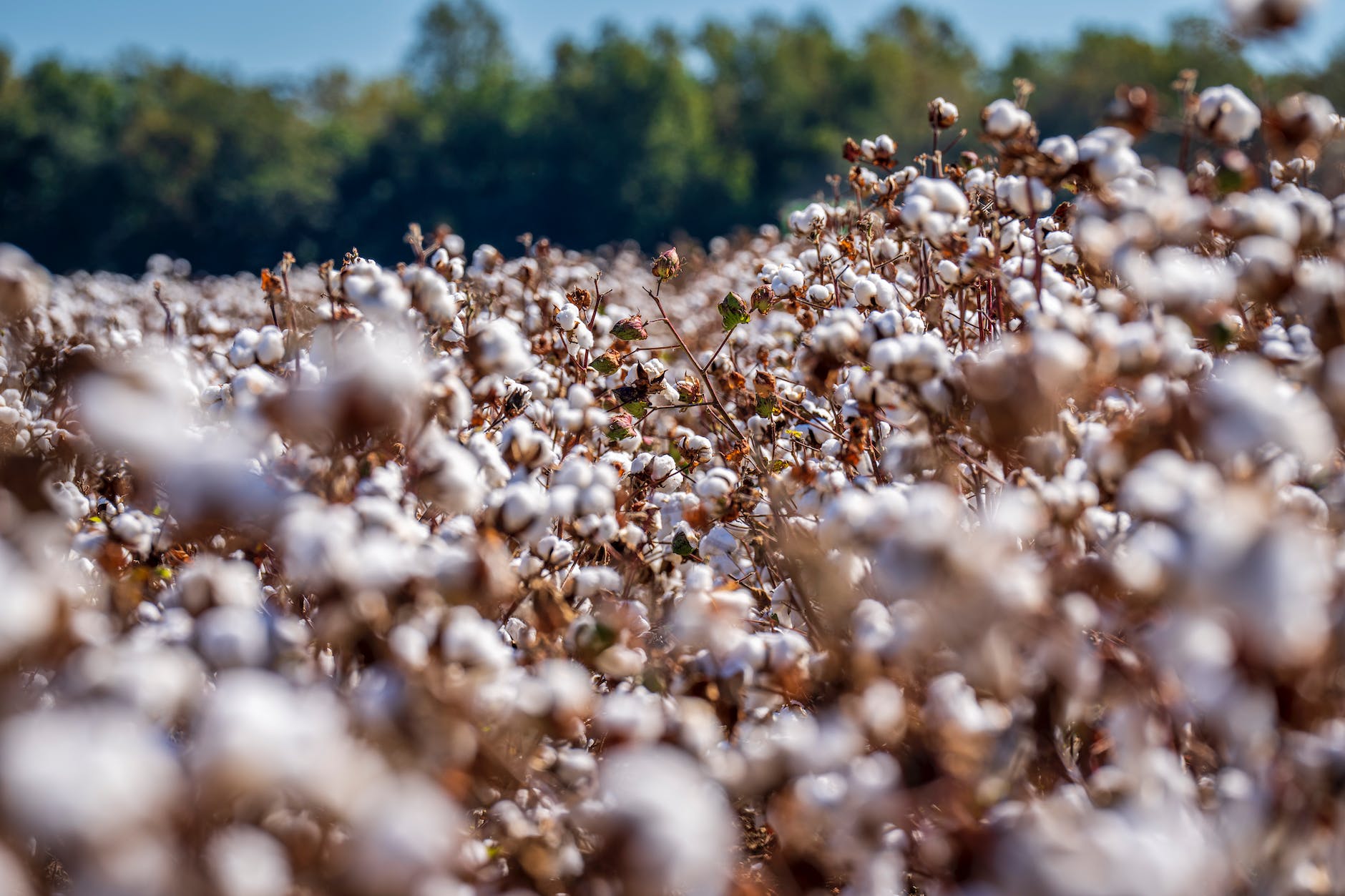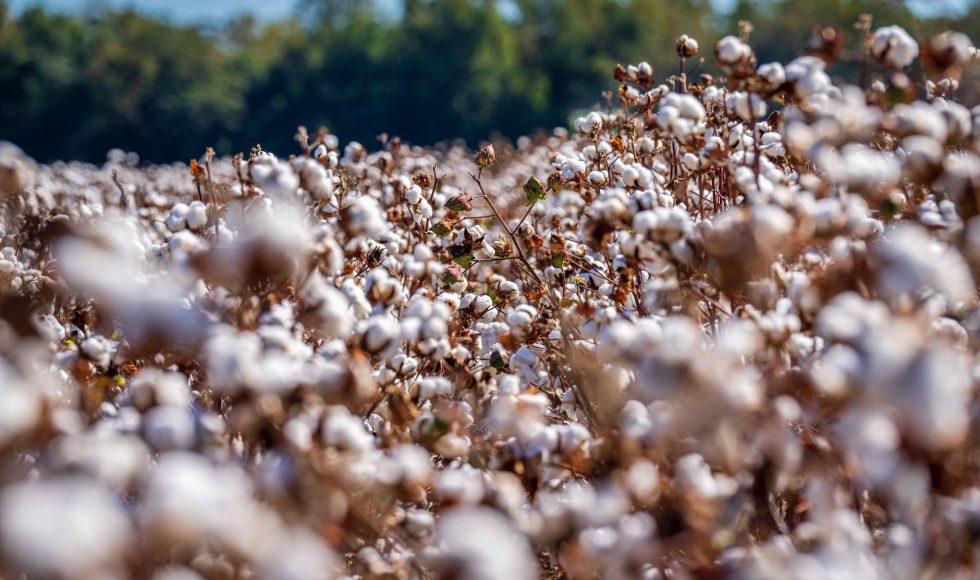Babita Singh from the CSIR National Botanical Research Institute in India presented at London Calling 2023 on “Exploring targeted genetic diversity in the core Indian cotton germplasm using Oxford Nanopore platforms.” Singh is a postdoctoral fellow and spoke about how “cotton fibers are unicellular epidermal trichomes of ovules” and one of the most abundant crops in the world. In India, insects, pests, drought, salinity, and rainfall are challenges in cotton agriculture. For example, Singh indicated that in India 65% of cotton is rainfed. Singh is interested in sequencing genes associated with cotton fiber development and drought tolerance in the core Indian germplasm. Their group has identified several potential genes. For candidate genes, one strategy used is to design primer sets for amplicon sequencing. the primers are cleaned up and used to prepare a Nanopore library with the Native Barcoding kit. The PromethION Oxford Nanopore sequencer is then used. Singh performed sequence analysis of 249 genotypes generating 120 Gb of data! Variants were compared and their impact was studied. Field trials are being conducted to test the correlation between genetic variants and drought related-traits. I thought the use of an amplicon-based approach with Native Barcoding and PromethION flow cells was intriguing. They obtained 700X coverage per gene, and this was enough to identify up to 33 variants in one gene. The team combined the sequencing results with field work to compare the phenotypes.



